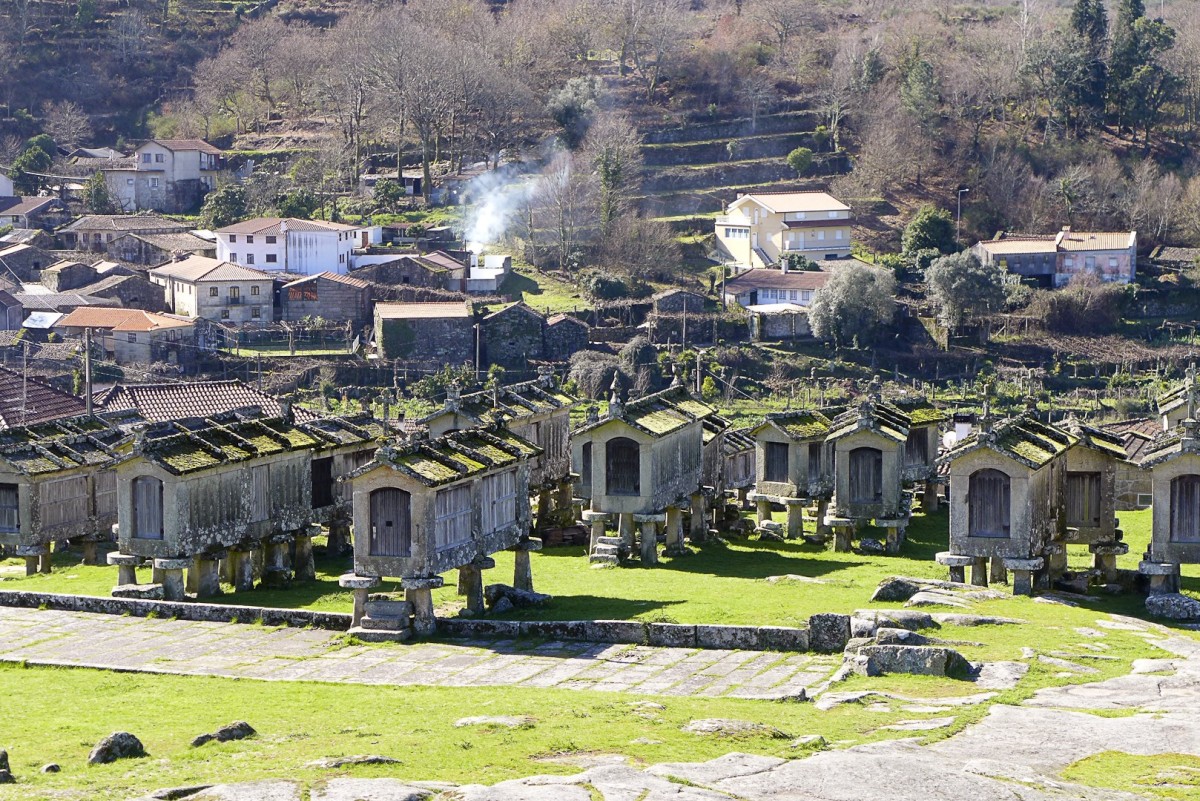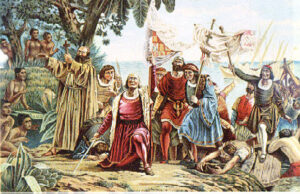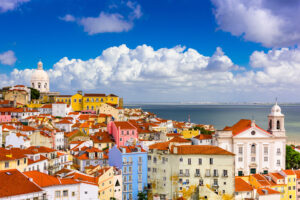The Portuguese Middle Ages, which lasted from the 5th to the 15th century, were an interesting period with many important changes and improvements. During this period, the Kingdom of Portugal was established and cultural, social and economic life continued to develop. The Portuguese developed their own unique identity. By exploring the history of medieval Portugal, we can better understand how the country transformed from a Roman province to a fully independent nation.
Visigoths and Moors in the Early Middle Ages
After the collapse of the Roman Empire, the Iberian Peninsula, which includes modern-day Portugal, experienced a period of chaos and division. In the 5th century, a Germanic tribe, the Visigoths, took control of the area. They ruled until the early 20th century, when the Moors, a Muslim group from North Africa, arrived and occupied the Iberian Peninsula.
The Moorish invasion in 711 AD brought dramatic changes to the region. The Moors brought with them new agricultural methods, architectural styles, and cultural practices. Under Moorish rule, cities such as Lisbon, Silves, and Faro developed into important centers of trade and learning. Muslims ruled the region for hundreds of years and had a huge impact on the culture and society of the region.
Reconquista and the Founding of the Kingdom
The first of many military campaigns launched by the Christian kingdoms in the eighth century to reclaim land from the Moors was known as the Reconquista. The Portuguese province, located in the western part of the Iberian Peninsula, became an important Christian stronghold. Previously a vassal state of the Kingdom of León, the county gained momentum when Count Henry of Burgundy and his descendants led the fight for the county’s independence.
In 1139, after winning the Battle of Uric, Alfonso Henriques, Count Henry’s son, proclaimed himself King of Portugal. This was the turning point. It was during this time that the Kingdom of Portugal was born, with Alfonso Henriques becoming its first king, Alfonso I. King Alfonso VII of León signed the Treaty of Zamora in 1143, which gave Portugal greater independence. In 1147, the Kingdom conquered Lisbon and continued to expand its territory by advancing southwards.
Consolidate and grow
The Portuguese Middle Ages were a period of increased royal power and expansion of the national territory. The Portuguese monarchs sought to strengthen control over the church and the nobility. This centralized power gave people a sense of belonging to their country. An early form of the Portuguese parliament was created in the 13th century, giving nobles and commoners the opportunity to participate in government.
During the Middle Ages, people continued to move to new areas. By the middle of the 13th century, Portugal’s borders had largely been established. By the time the Algarve was conquered, the kingdom had reached its southernmost point. In 1297, Portugal and Castile signed the Treaty of Alcanese, which clarified their borders. These borders have not changed much since then.
Economic and social changes
During the Middle Ages, the Portuguese economy grew and society underwent dramatic changes. New crops and farming methods helped the agricultural sector to develop and make good progress. The fertile lands of the Minho, Douro and Alentejo regions were used to grow crops such as cereals, wine and olive oil. The establishment of monasteries was important for the development of agriculture, as they owned large areas of land and encouraged new farming methods.
Trade also developed well during this period. Portuguese merchants traded by sea with the rest of Europe, North Africa and the Mediterranean. Porto, Lisbon and Silves all developed into major trading centres, where goods such as textiles, spices and precious metals were bought and sold. As trade grew, so did an increasingly wealthy and powerful group called merchants.
In medieval Portugal, the social order was strictly hierarchical. The clergy was very important in religious and educational life, and the princes and nobles had great power. Peasants worked on noble estates and monasteries and formed the backbone of the agricultural economy. As trade developed, people living in cities, such as merchants, craftsmen and laborers, became more important.
Intellectual and cultural growth
In Portugal, the Middle Ages were a period of intellectual and cultural growth. The construction of monasteries and cathedrals promoted the development of art, literature and education. In the writing chamber
Theology, law and medicine
During the Middle Ages, Portuguese literature also grew and developed with the rise of lyric poetry, epics and historical chronicles. Troubadours composed songs and poems in everyday language, dealing with themes such as chivalry, courtly love and the Christian faith. The Cantata of Santa Maria is believed to be a collection of songs composed by King Alfonso X of Castile, and many of the pieces illustrate how Christian and Islamic cultures merged.
Religious and military orders
In medieval Portugal, religious and military orders were very important. The best known of these is the Order of St. James. The other is the Order of Aviz. The orders were religious, served in the army, protected the borders of the kingdom and participated in the Reconquista. The Order of Christ was very important during the Age of Discovery, as it supported maritime exploration and the establishment of colonies in other countries.
In medieval Portugal, the Catholic Church had a huge influence on daily life. The Church had a lot of power over politics and daily life because it owned a lot of land and resources. The construction of great cathedrals such as Lisbon Cathedral and Coimbra Cathedral showed the best art and architecture of the time.
Age of Discovery
In Portugal, the late Middle Ages paved the way for the Age of Discovery, which began in the early 15th century and changed everything. Led by Prince Henry the Navigator, Portuguese explorers began a journey that made the world as we know it even bigger. Portugal’s rise as a maritime world power began with the exploration of the African coast, the discovery of new routes to Asia, and the establishment of colonies in other countries.
Portugal became very wealthy through trade and exploration in other countries. This led to more expeditions and the creation of a huge empire in other countries. These discoveries transformed not only Portugal, but the course of history across the globe, making today’s interconnected world possible.
Conclusion
By exploring medieval Portugal, we can see an era of change and activity that shaped the country’s identity and laid the foundation for its future success. During the Middle Ages, Portugal underwent tremendous changes in politics, economics, culture, and other aspects. It began fighting the Moors and eventually became a powerful, independent kingdom. The country’s rich architectural history, vibrant cultural traditions, and strong national pride are all hallmarks of this period. Learning about medieval Portugal is a great way to understand the history of one of Europe’s oldest and most powerful countries.



